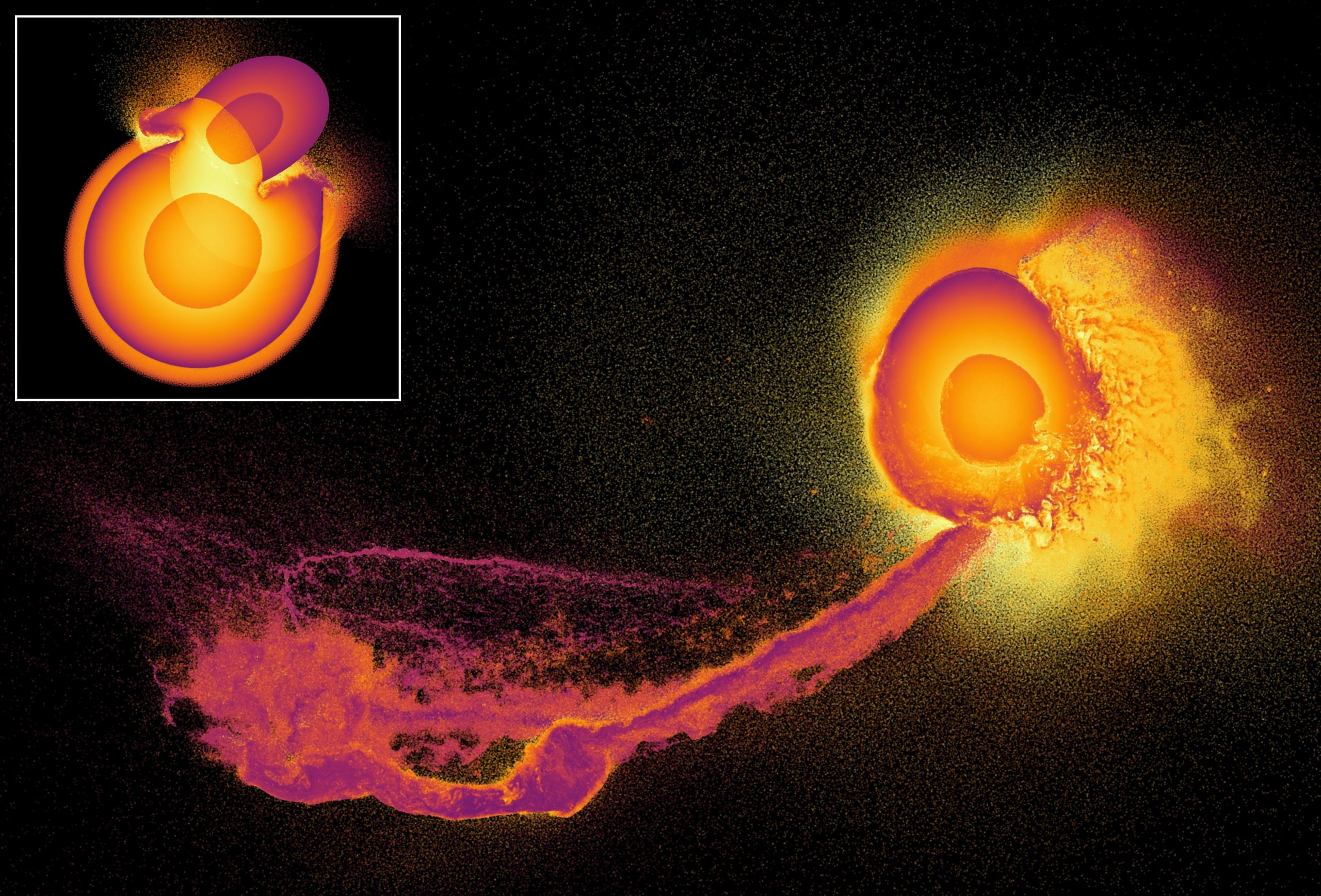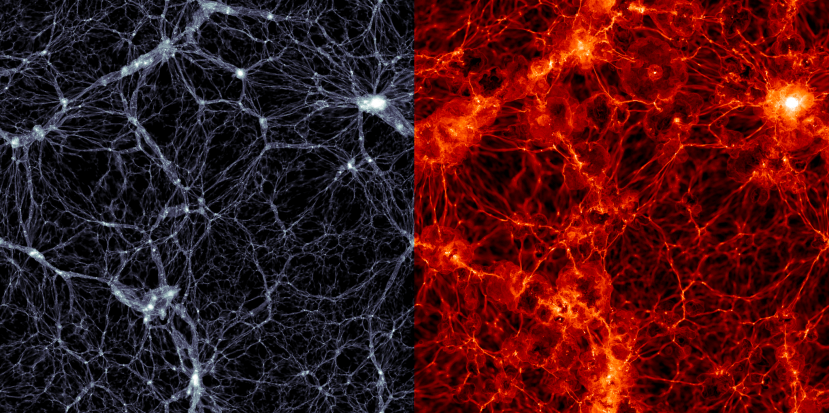NASA’s Curiosity rover, which was sent to Mars, has been wandering the Red Planet’s barren lands since 2012, drilling into rocks and passing collected samples through the advanced chemical laboratory on board. Its main goal is to search for evidence of the existence of ancient life. Curiosity landed in Gale Crater, south of the equator. The landing site was chosen based on satellite images that showed liquid water likely existed there in the distant past.
Recently analyzed sedimentary rocks in Gale Crater were found to be very rich in manganese oxide, suggesting that Mars may have had oxygen in the ancient past in quantities similar to Earth. The research results were published in the Journal of Geophysical Research: Planets (DOI: 10.1029/2023JE007923).
“Manganese oxide is difficult to form on the surface of Mars, so we did not expect to find it in such high concentrations in coastal sediments,” said Patrick Gasda of the Space Sciences and Applications Group at Los Alamos National Laboratory. ChemCam, a small laboratory of curiosity, was developed by scientists from Los Alamos and the French Space Agency. It uses a technique called laser-induced plasma spectroscopy. Using a focused laser beam, a plasma is created on the surface of the sample – in this case, rock. This plasma emits light, and its spectrum is used to analyze the chemical composition of the sample.
On Earth, these types of deposits form all the time due to the abundance of oxygen in our atmosphere resulting from photosynthesis and microbes that help catalyze manganese oxidation reactions. We have no evidence of life on Mars, and the mechanism by which oxygen was produced in the ancient Martian atmosphere is unclear, so how manganese oxide arose and was concentrated here is a real mystery. These results point to processes occurring in the Martian atmosphere or surface waters and show that more work needs to be done to understand oxidation on Mars, Jasda added.
There is no strong evidence of the existence of life or large amounts of oxygen on Mars, so scientists wonder how this chemical formed in the newly discovered rocks.
It is believed that Gale Crater was filled with water in the ancient past. The newly discovered rocks have a different texture than those previously examined. Scientists explain this change as the transformation of the river channel into a lake. “We are at or near the shore of the lake,” Gasda said, adding that such an interpretation is uncertain due to limited data, as Curiosity has not analyzed similar rocks before. “The explanation was really difficult and this is our best hypothesis,” he added.
If this hypothesis is correct, the rocks may have been transported to the area as the river water slowed as it flowed into the lake, just like manganese oxide-rich rocks found on the shores of shallow lakes on Earth.
The sedimentary rocks examined by the rover are a mixture of sand and silt. Sandstone is more porous and can be penetrated more easily by water compared to the silt that makes up most of the rock on the lake floor in Gale Crater. The research team investigated how manganese oxide forms in such deposits and what oxidizing agent could be responsible for the manganese precipitation.
All of the scenarios examined by the team required a strong oxidizing environment. Was Mars’ primitive atmosphere richer in oxygen? Currently, the Martian atmosphere consists mostly of carbon dioxide, with trace amounts of oxygen.
“The Gale Lake environment that these ancient rocks indicate looks surprisingly similar to Earth today,” said Nina Lanza, principal investigator of the ChemCam instrument. She added: “Manganese minerals are common in shallow waters found at the edges of lakes on Earth, and it is unusual to find such recognizable features on Mars.”
However, according to Jeffrey Catalano of Washington University in St. Louis. Lewis, who was not involved in the research, says manganese oxide could easily form in Mars-like conditions without oxygen in the atmosphere. Research conducted two years ago showed that elements such as chlorine and bromine, which were abundant on early Mars, could convert manganese dissolved in water into the mineral manganese oxide. Such a process would be a substitute for oxygen and could explain the formation of rocks like Mars.

Echo Richards embodies a personality that is a delightful contradiction: a humble musicaholic who never brags about her expansive knowledge of both classic and contemporary tunes. Infuriatingly modest, one would never know from a mere conversation how deeply entrenched she is in the world of music. This passion seamlessly translates into her problem-solving skills, with Echo often drawing inspiration from melodies and rhythms. A voracious reader, she dives deep into literature, using stories to influence her own hardcore writing. Her spirited advocacy for alcohol isn’t about mere indulgence, but about celebrating life’s poignant moments.








